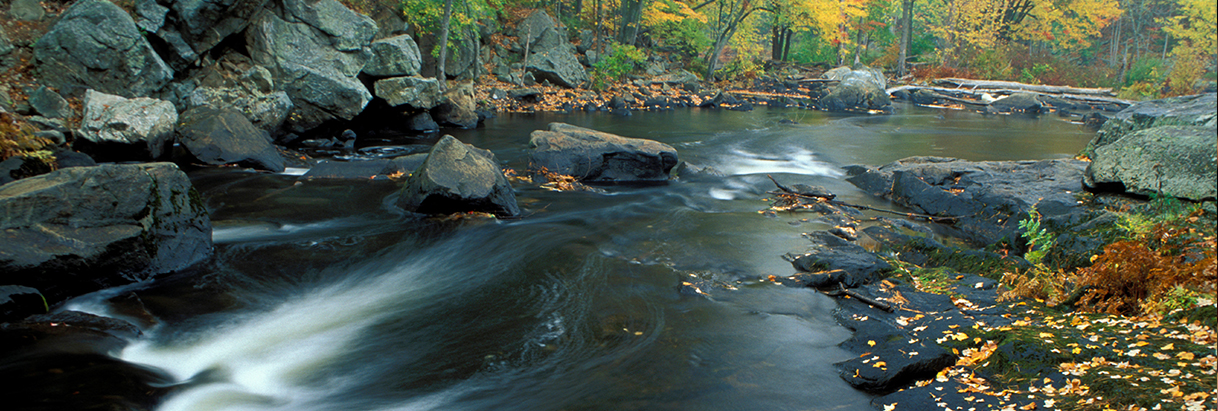What do towns do to protect water quality?
Towns have several powerful ordinance tools to help protect water quality in the river:
- requirements for setbacks of septic systems from the river bank to make sure that leachate is filtered through natural soils before reaching the river’s water
- minimum buffers of natural shoreland vegetation to collect and filter runoff
- stormwater management best practices
- climate change and hazard mitigation plans
Existing regulations vary widely among the fourteen towns in the Lamprey River region. A few towns have enacted ordinances that are more protective than the state's minimal regulations. Town residents can always petition for more protective standards, such as mandatory septic system pumping, reducing the amount of paved surfaces allowed on new construction projects, or increasing the width of naturally vegetated buffers between the river and lawns or pavement. Certain sections of the river receive additional protection by state regulations, especially those mandated by the Shoreland Water Quality Protection Act. “The jurisdiction of the SWQPA includes all fourth order and higher rivers and streams and designated rivers and river segments managed by the NH Rivers Management and Protection Program under RSA 483:15.” As of 2015, this applies to the Lamprey River and most of its tributaries. For more information, please visit the NHDES website.
In 2015, the Piscataqua Region Estuaries Partnership (PREP) completed the Piscataqua Region Environmental Planning Assessment which summarized the potential effectiveness of all local ordinances to protect our water and waterways. To view the report, click here.

